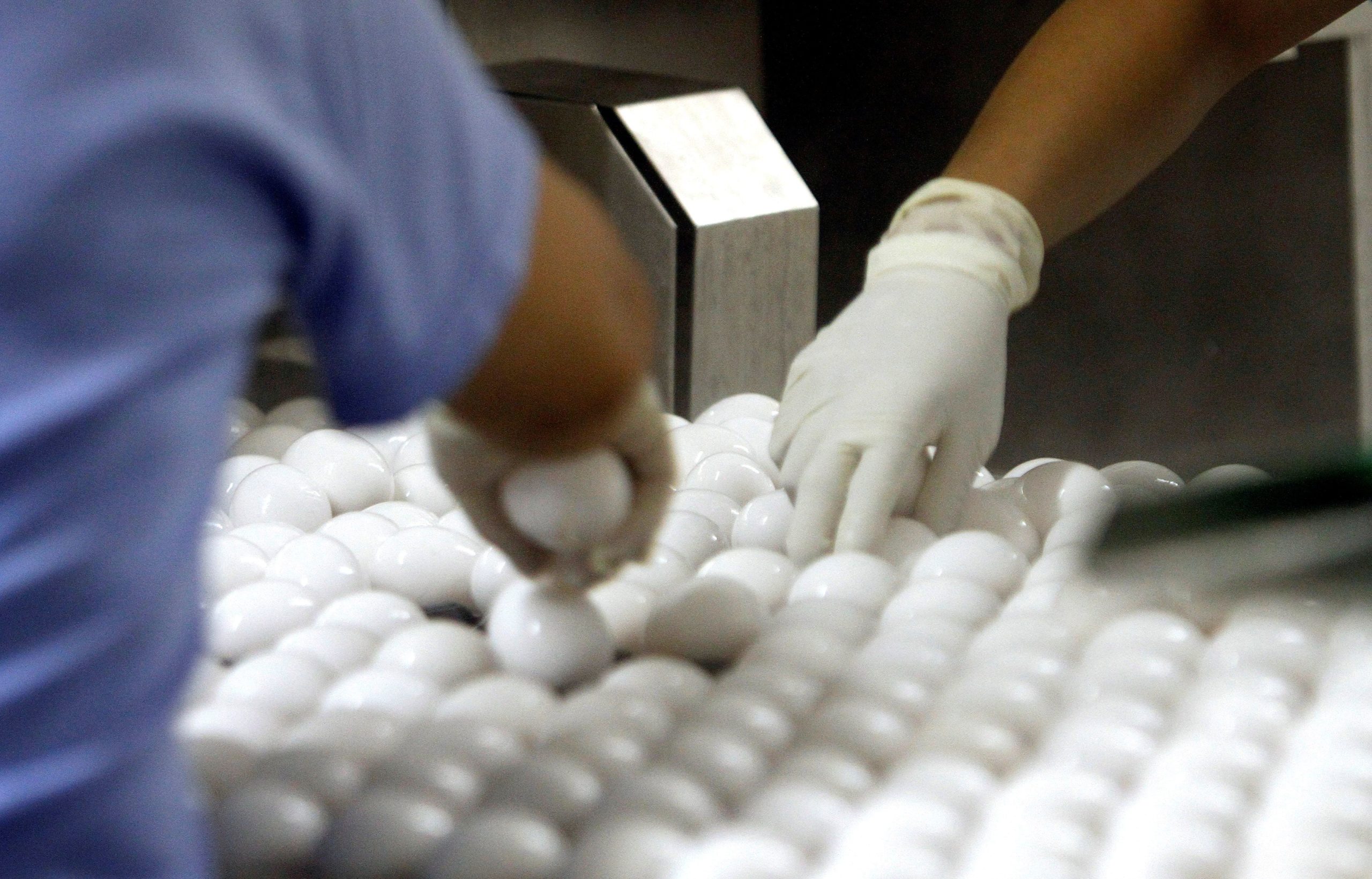
Important Takeaways:
- According to several reports, stores around the U.S. are experiencing egg shortages, and states that require cage-free hens are particularly hard hit due to rising cases of Highly Pathogenic Avian Influenza (HPAI), also known as “bird flu.”
- CBS MoneyWatch. “Where we are hearing reports of shortages it’s at stores like a Whole Foods or a Trader Joe’s.”
- As CBS noted, more than 40% of America’s egg-laying hens are raised in cage-free environments, with 60% of bird flu cases involving cage-free farms.
- As of December 2, the Centers for Disease Control and Prevention (CDC) reported that 111,412,626 birds had been affected by bird flu across 49 states, which experts say is making eggs more expensive — not inflation.
- However, birds aren’t the only animals affected by the virus. As Food & Wine previously reported, the bird flu was also detected in a batch of raw milk sold in California, triggering a recall. It’s also been detected in a child in California, marking the first positive case of the illness in a child in U.S. history.
Read the original article by clicking here.











